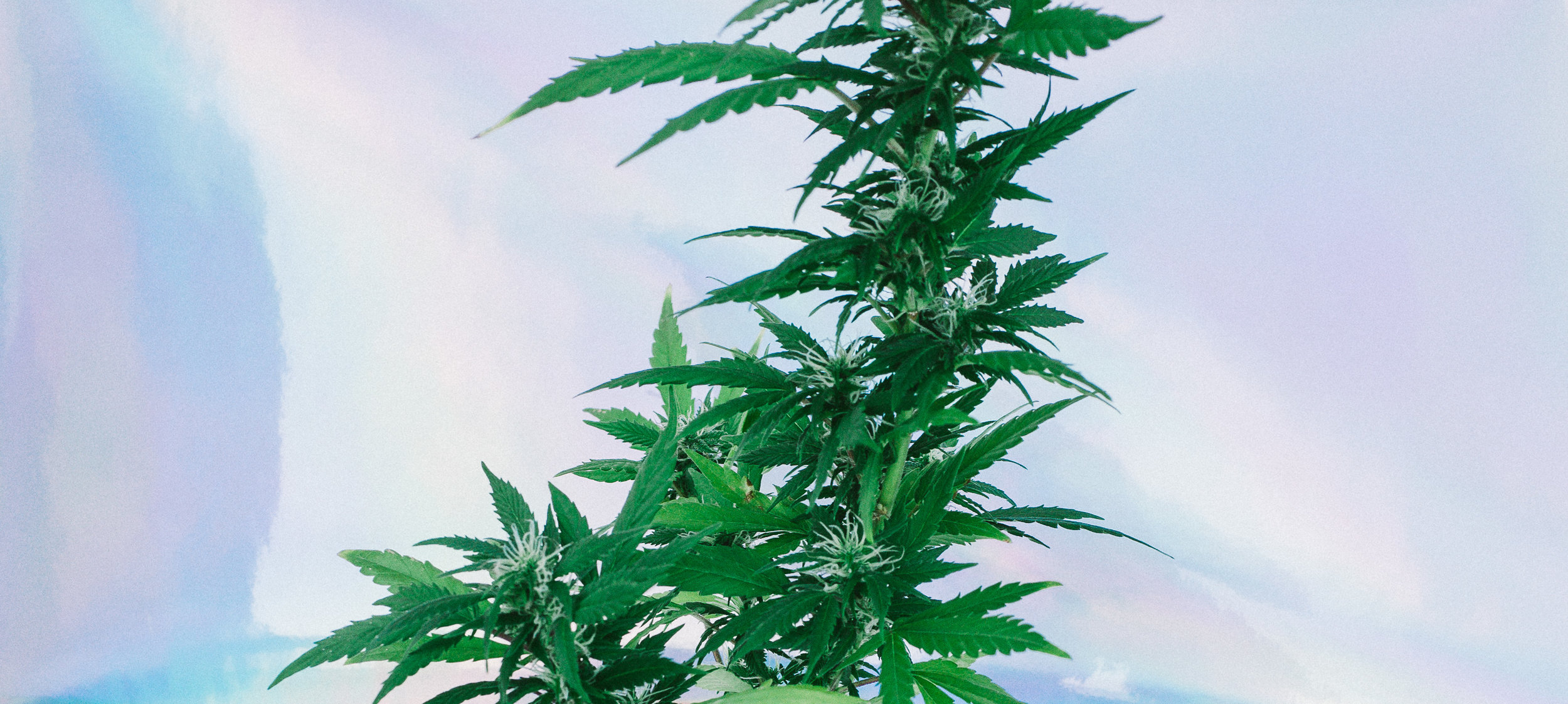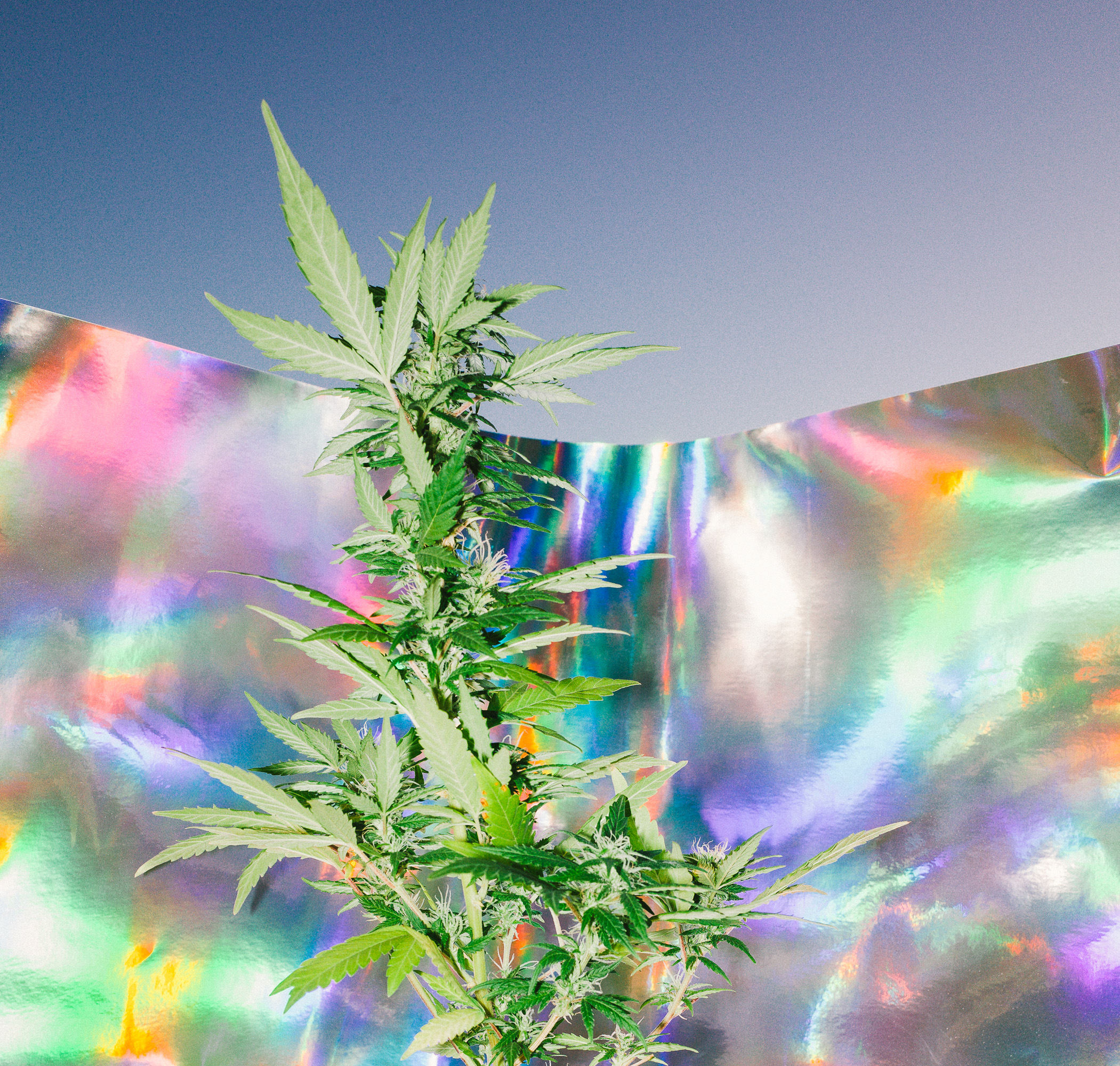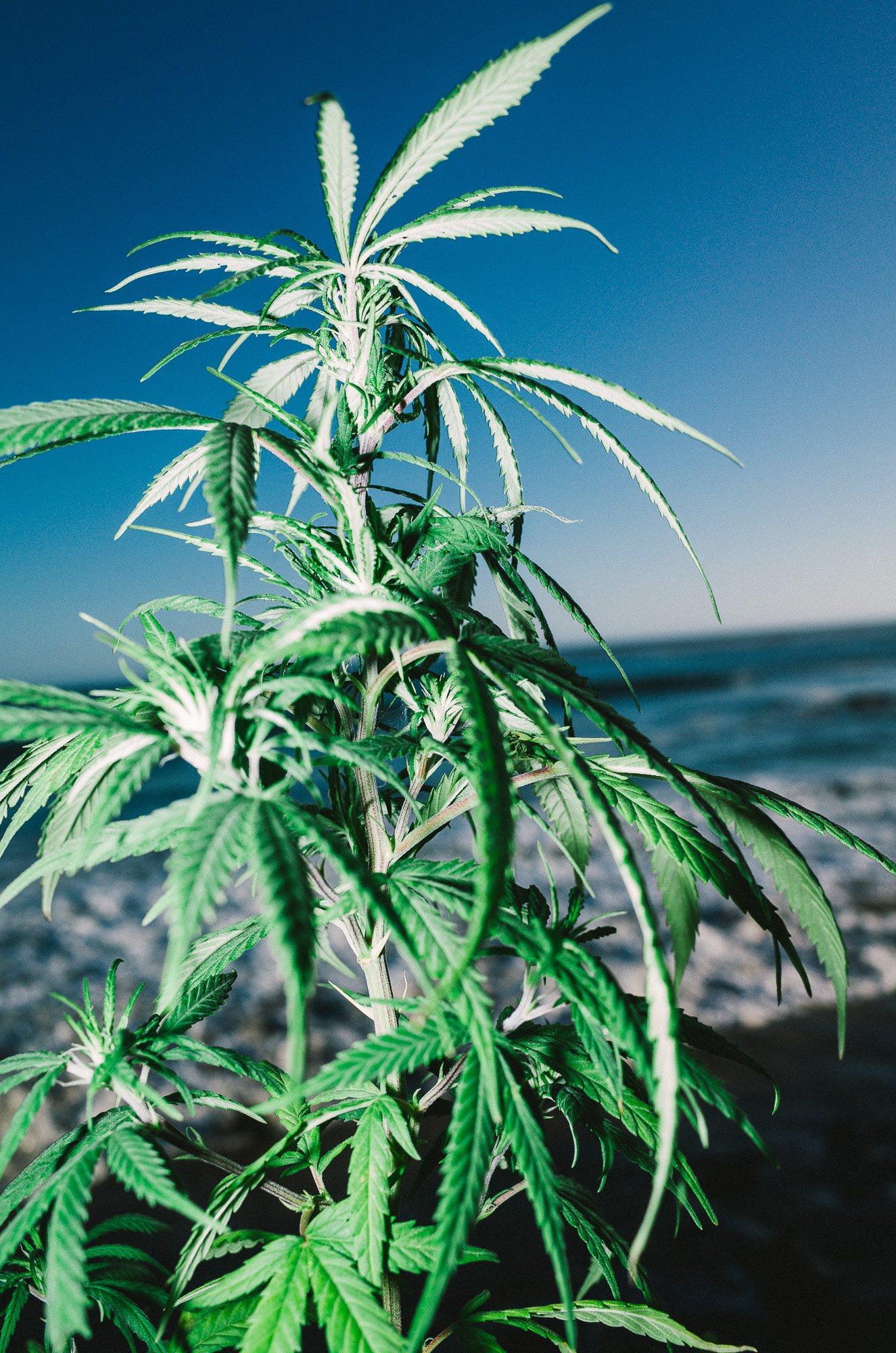Why You'll Keep Seeing These 5 Weed Acronyms
Cannabis… It’s complicated. It’s also one of the most powerful and misunderstood plants on earth. And because life isn’t ever easy, you might see a lot of acronyms thrown around when people talk about it. Here are the five most common terms explained, so you can be an expert on cannabis—and the many ways that it’s oh-so nice.
What is the ECS?
Before we dive into the chemical compounds found in cannabis called cannabinoids, let’s start with the endocannabinoid system.
The endocannabinoid system (ECS) is found in your body. Yes, right now, your endocannabinoid system is working hard to make sure your body is regulated and balanced. The ECS is a collection of cell receptors. These receptors control what gets access to your cells—from your immune system to neuron receptors. Anytime something binds to a cell, it impacts its function.
Your ECS responds to certain chemicals and compounds, and its cell receptors are found all over your body. It was discovered by Dr. Raphael Mechoulam in the 1960s; he was the first to find a major compound in cannabis called THC. More on THC later.
Your ECS has two main cell receptors; Cannabinoid Receptor 1 (CB1) and Cannabinoid Receptor 2 (CB2). Let us all have a moment of gratitude for whichever scientist kept the naming convention of our brain receptors blessedly simple. To break it down, CB1 receptors are mostly found within the central nervous system. CB2 receptors are found throughout the body—digestive tract, peripheral nervous system, immune cells.
So, why does this all matter? The compounds in cannabis bind to your endocannabinoid receptors, changing their function. As your ECS moderates your body and keeps it balanced, even touching upon areas in your central nervous system, changing the function of a receptor in your brain can get you high or calm you down—more research is currently being completed on what else can happen.
What does your endocannabinoid system do? Well, a lot. From the current set of research, it has been found to regulate:
Sleep
Appetite, digestion, hunger
Mood
Motor control
Immune function
Reproduction and fertility
Pleasure and reward
Pain
Memory
Temperature regulation
The ECS is crucial to maintaining equilibrium in your body and mind, and even helps moderate inflammation found within the body. While there are over 113 known cannabinoids in cannabis, we’re going to break down the top four cannabinoids commonly discussed, below. It’s important to note that not all cannabinoids bind to the receptors found in the ECS; sometimes, the cannabinoid activates enzymes or parts of the body that then regulate and moderate your body’s response to endocannabinoids.
What is CBD?
CBD is one of the more abundant compounds, i.e. cannabinoids, found in the dried resin glands of the female cannabis flower. Having been touted as a miracle drug, more people are asking—what is it? What does it actually do? To start: Yes, it’s the cannabinoid that kids sued Jeff Sessions over; yes, it helped stopped their epileptic fits; yes, Jeff Sessions still is the worst; no, it’s not a psychoactive; so, no it won’t get you high.
Repeat: CBD, as it’s not a psychoactive, cannot get you high.
While other cannabinoids will bind directly to receptors found in your brain and body, CBD impacts how other cannabinoids bind to receptors, not binding as directly as other compounds. What it does do is bind to other sites on the receptor, impacting your endocannabinoid system and how other cannabinoids bind to receptors. This then impacts how those cannabinoids interact with your ECS and affects the equilibrium of your body. In sum, CBD doesn’t directly fit into your ECS like a lock and key, but it can impact how the key fits into the lock.
Anecdotally, there have been reports of people getting really high on THC and using CBD to balance it out. While there are no clinical studies that have been done on this yet, the theory behind it is that CBD should help when you’re too high, because it binds to your CB1 (central nervous system) receptors blocking THC and minimizing its effects.
But let’s turn to the research: Preliminary studies have shown that CBD can help with pain modulation and serotonin production. Research has also found other potential benefits of CBD being an anti-inflammatory, antioxidant, helps in brain production and generation of new brain cells, aiding in pain reduction, and reducing depression and psychosis.
Science has only scratched the surface of this compound, so while it won’t cure everything, there are a lot of nice things it can do.
What is THC?
THC, along with CBD, is the other main chemical compound, or, cannabinoid, found in the dried resin glands of the female cannabis flower. That’s correct, the compound that gets you high is found in dried resin glands of the woman plants. The male plants have some, but not enough to harvest or product. In this casefemale plants wear the pants.
THC is the psychoactive chemical compound in cannabis that gets you high—the only compound in weed that gets you high. It’s because of THC that the DEA labeled cannabis a schedule 1 drug.
Why?
When you smoke or vape cannabis (the latter being the fastest way to feel its intoxicating or therapeutic effects), you take in THC. Once it gets to your brain, it binds to the CB1 receptors that are found in your central nervous system, aka your cerebellum (motor functions), frontal cortex (thought), and hippocampus (memory).
This is why, when you ingest or smoke THC, it changes your cognitive abilities. It’s also been shown to impact the immune system and can trigger appetite and your metabolism; it can also act as a sedative, which is why you sometimes are sleepy after smoking a joint.
As we mentioned earlier, Dr. Raphael Mechoulam discovered THC in the 1960s. But it was a woman who discovered how it binds to the brain: Dr. Allyn Howlett of Wake Forest University found the first binding site for THC in the brain. Thanks, Dr. Allyn.
While non-psychoactive CBD has been found to have therapeutic benefits, THC can’t be forgotten in the medical discussion. In non-clinical trials, THC has been found to fight tumors, help with autoimmune diseases, inflammation, neurodegenerative diseases, depression, chronic pain, Crohns, glaucoma, arthritis, multiple sclerosis. Again, these are the findings of non-clinical trials, meaning the effects of THC still need to be tested further. But the early science is promising.
What’s also interesting and important to note is that both THC and CBD seem to have heightened therapeutic effect when they are taken together along with all the other naturally occurring compounds in cannabis. This is called the entourage effect. While isolated THC and CBD are used in pharmacology right now, research and anecdotes continue to point to the need of trace elements of other cannabinoids for THC and CBD to be most effective. But, like most things with cannabis, we need a lot more research to understand this complicated, and nice, plant.
What is CBN?
Google might think CBN stands for “Christian Broadcasting Network” (good job on search engine optimization, folks), but CBN is, like THC and CBD, yet another of the over 100 compounds (cannabinoids) found in cannabis. Unlike THC, but like all other cannabinoids in cannabis, it isn’t psychoactive.
Unlike other cannabinoids, CBN, based off current research, is widely regarded as a power sedative. Some researchers claim 5 milligrams of CBN is equivalent to a 10-milligram dose of diazepam—a pharmaceutical-grade sedative.
Research has found CBN to help with pain relief, sleep, bone growth cell production, is antibacterial, acts as an anti-inflammatory agent, is anti-convulsive, and stimulates appetite.
While different strains of cannabis can have varying levels of CBD and THC, CBN content typically registers under 1 percent in dried flower. CBN is the byproduct of THC oxidizing—yes, that weed you forgot about at the bottom of your stash box may now have high levels of CBN (friendly reminder: If you want to keep your weed as is, keep it in an airtight container).
This doesn’t mean that you should start airing out all your weed after a sleepless night— more and more brands are creating CBN-rich products that are more accurate (and probably tastier) than stale bud. See our first Nice List for our recommended products, one of which is high in CBN.
What is THCA?
THCA is THC before you heat it up. Raw, live weed is full of THCA.
THCA is why, if you eat a bunch of raw weed, you won’t get really high—because it is not a psychoactive (remember, THC is the only psychoactive cannabinoid). It’s also why, if you cook with raw bud, you won’t get a strong psychoactive effect.
While THCA naturally converts to THC as the plant dries, heating the plant supercharges this conversion. When you smoke a joint, or vape, your weed is going through decarboxylation. That heat is turning THCA into THC.
You might see THCA on the labels of some cannabis products, like flower and vapes. That means the grower expects you to smoke or cook your weed prior to making edibles, which triggers the conversion of THCA to THC.
What are the benefits of THCA? Research points to it protecting your brain, helping renew brain cells, relieve pain, act as a sleep aid, reduce inflammation, and, finally, stimulate your appetite.
In one study, THCA was found to reduce the proliferation of prostate cancer cells. So, while THC and chasing the highest high possible has long been a the focus of cannabis, as more research comes out, we’ll be seeing more from other cannabinoids like THCA.
Conclusion:
The endocannabinoid system (ECS) is whats floating around in your body and brain that these four cannabinoids interact with. Some are psychoactive (THC), while some are just therapeutic (CBD, CBN, THCA). There are over a hundred known cannabinoids, so make sure to sign up for our newsletter for more nice things.





